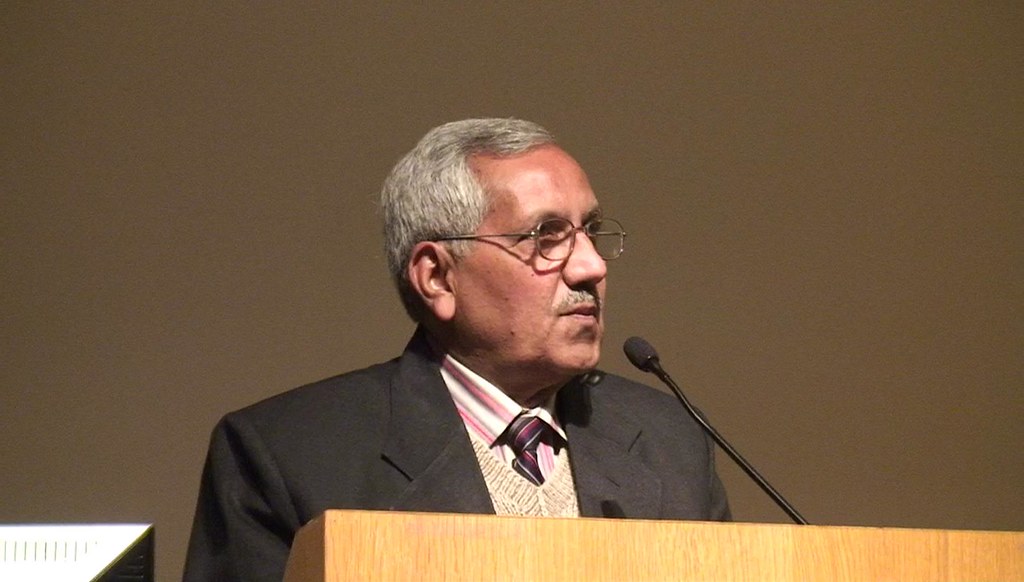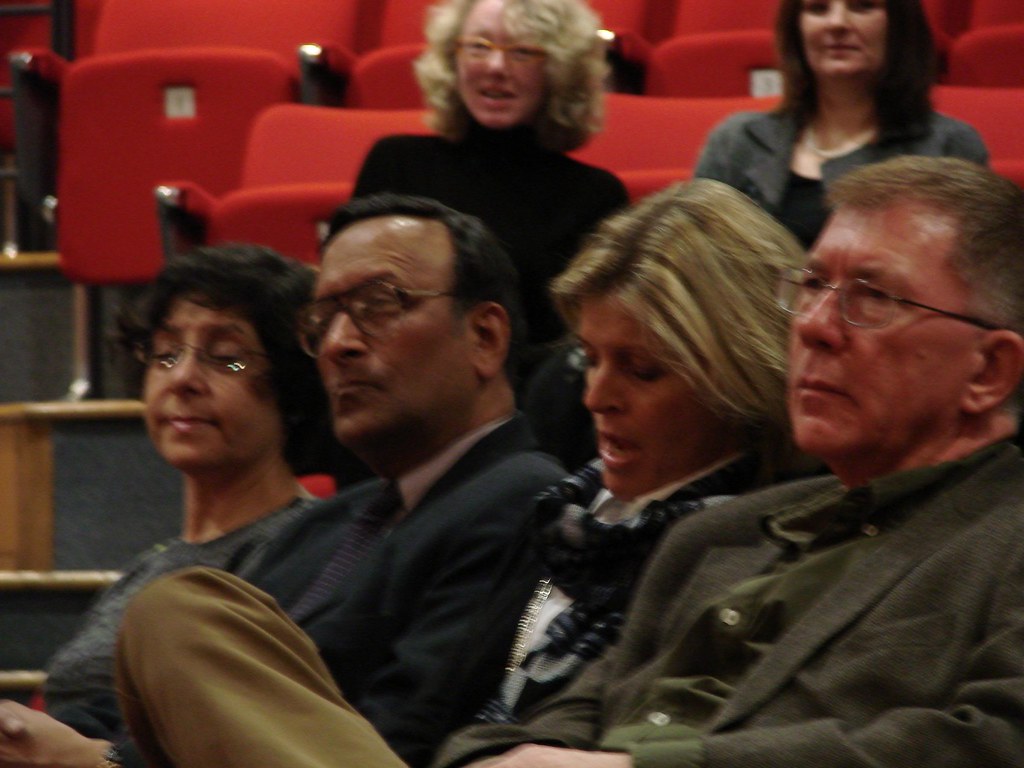
Thursday, 6th March 2008
Brunei Gallery Lecture Theater
Jaina Art & Architecture
10th Jaina Studies Workshop at SOAS
The Annual Jain Lecture
 The Annual Jain Lecture: "New Approach to the Study of Jaina Art and Architecture" 06.03.2008 SOAS, London
The Annual Jain Lecture: "New Approach to the Study of Jaina Art and Architecture" 06.03.2008 SOAS, London
Prof. Maruti Nandan P. Tiwari
Abstract:
New Approach To The Study Of Jaina Art & Architecture
Jainism as one of the three main religious and cultural streams of India has contributed immensely to the art heritage of India. I will focus on some of the areas of Jaina Art which needs our attention and action for future studies. The study of Jaina Art and Architecture (including icons and paintings) should be taken up in its totality and integrated way, both within and beyond, to have a full view of the development. In its spirit and manifestation Jaina art has always revealed in an ethos of Jaina tenets of unceasing respect for and observance of non-violence, non-acquisition, absolute renunciation and rigorous austerity expressed through the two customary postures of the artistic representations of the Jinas or tirthankaras (dhyana-mudra and kayotsarga-mudra) and also in the rendering of the episodes from their lives.
Holistic studies should also be taken into consideration in order to assess and analyse the process and nature of interactions in the context of the content of Jaina art. The Jaina acaryas and artists borrowed deities and religious elements (showing like Buddha images, two deer flanking the dharma-cakra), such as Lakshmi, Sarasvati, Ganesha, Ash-tadikpalas, Navagrahas, epical characters (Rama, Krishna, Balarama) either directly or with some changes. The Parshvanatha Jaina temple of Khajuraho (954 A.D.) is one such example, whereon the figures of Vedic-Puranic deities like Shiva, Vishnu, Rama, Balarama, Kama are carved both independently and along with their respective saktis (consorts). On the other hand, Jaina figures are carved on the temples of Vedic-Puranic tradition at Osian, Khajuraho, Bhubanesvara, Karnataka (Vidyashankar temple).
Further, Jaina art was not at all monotonous albeit, it was equally rich in aesthetic qualities, elegance and representational variety. Jaina images in accordance with the texts are always shown beautiful (Rupa-vana and Surupa). The deities like Yakshas, Yakshis, Sarsvati, Lakshmi, Vaishnavi, Shiva, Balaram, Ganesha and others are shown exceptionally beautiful. Likewise the magnificent temples of Deogarh, Khajuraho, Delvada, Kumbhariya, Shatrunjaya, Osian yielding figures of Vitaragi Jinas and vibrating Yaksha-Yakshi, Mahavidya and Apsaras figures mostly show the fusion of spiritual and worldly representations, with the exceptions of Ellora and Shravanbelgola which project mainly spiritual aspects through the images of the Upsargas (inflictions) of Parsh-vanatha Jina and rigorous austerity of Bahubali in Kayotsarga-mudra with entwining creepers.
The study of social-engineering of Jain art is also required because it thrived mainly with the support of masses. The Jaina images of Kush-an period from Mathura and several other places bear testimony to such social engineering. The pedestal inscriptions of Jina images of Kushan period frequently provide the names of merchants, traders, perfumers, goldsmiths, ironsmiths, sailors, barbers, dancers, prostitutes and different guilds of traders, who contributed to the making of Jaina images. Likewise great temples at Osian, Kumbhariya, Rajgir, Shatrunjaya, Girnar, were erected with the support and patronage of trader's and mercantile community.
The unceasing concern about ecology (flora-fauna invariably associated with Jinas, Bahubali and all other deities) and its visual expression in Jain art from the earliest times through the ages is another important point of future studies of Jaina art and architecture.
Prof. Maruti Nandan P. Tiwari
Banaras Hindu University

 Prof. Olle Qvarnström, Lund University, Dr. Peter Flügel, SOAS Centre of Jaina Studies
Prof. Olle Qvarnström, Lund University, Dr. Peter Flügel, SOAS Centre of Jaina Studies Prof. Nalini Balbir, Nouvelle Sorbonne Paris, Dr. Robert del Bontà , San Francisco
Prof. Nalini Balbir, Nouvelle Sorbonne Paris, Dr. Robert del Bontà , San Francisco
 Front row: Prof. Veluppillai, Prof. Babu, 2nd row: Niels Hammer, last row: Janet Leigh Foster
Front row: Prof. Veluppillai, Prof. Babu, 2nd row: Niels Hammer, last row: Janet Leigh FosterVideos:
The Lecture
in 8 parts.
 Prof. Dr. Maruti Nandan P. Tiwari
Prof. Dr. Maruti Nandan P. Tiwari